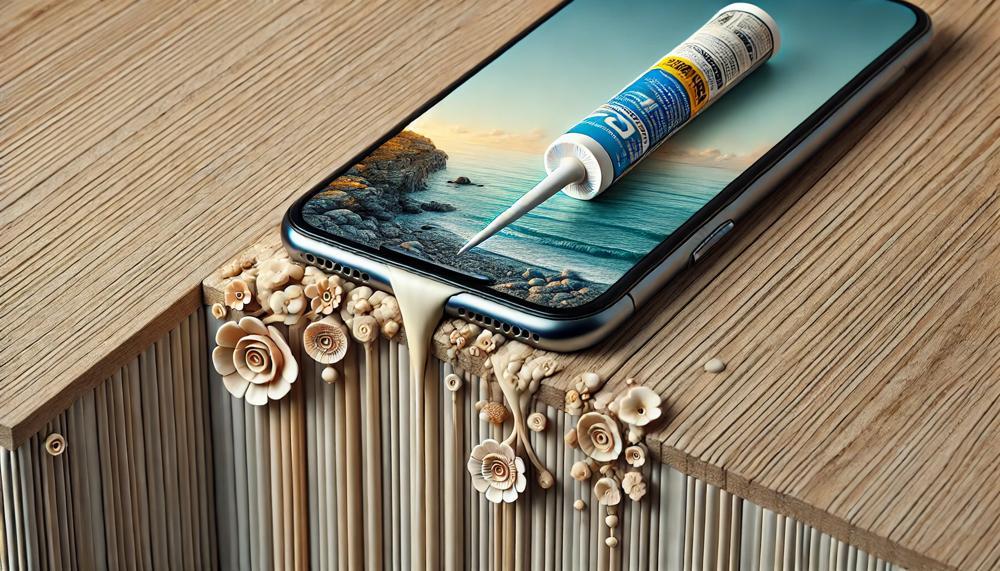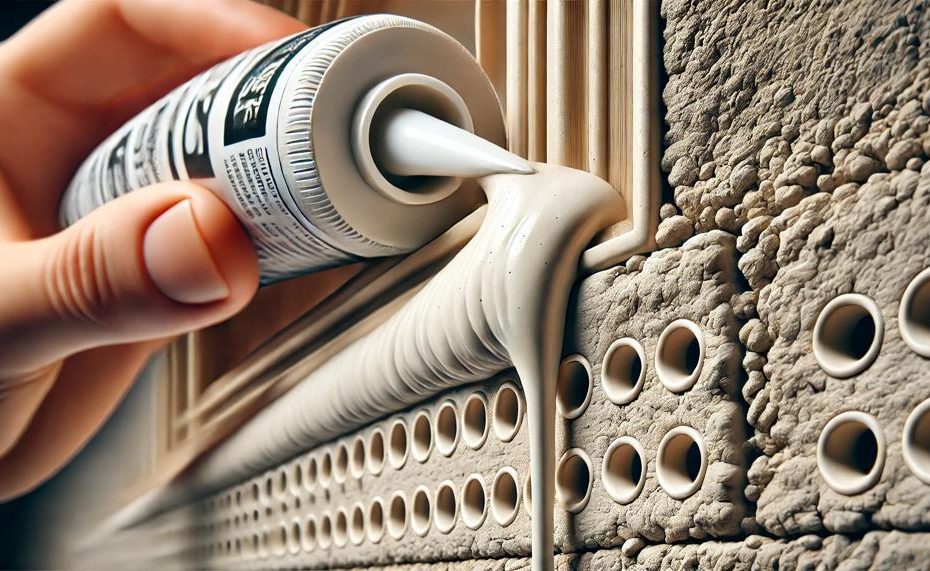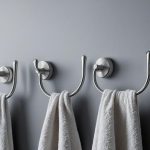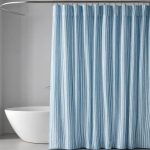Wondering how to caulk shower doors with weep holes? Here’s the lowdown: Use high-grade silicone caulk, and remember, only apply it to the outside of the shower door. The key here is to avoid covering the weep holes, those tiny but essential openings designed to release moisture and prevent water damage. Forget about caulking the inside of the shower door—it’s a common misstep that compromises the seal and functionality.
Key Takeaways:
- Use high-quality silicone caulk.
- Apply caulk only to the outside of the shower door.
- Keep weep holes clear to allow moisture to escape.
- Avoid caulking the inside of the shower door track.
- Following these steps ensures a durable and effective seal.
Ready to give your shower door a perfect caulk job? Let’s get started.
Contents
- 1 Proper Application Of Caulking To The Outside Of The Shower Door
- 2 Avoiding Application Of Caulking To The Inside Of The Shower Door
- 3 Weep Holes As Moisture Release Points And Avoiding Blockage With Caulk
- 4 Using High-Grade, Moisture-Resistant Caulk For Caulking Shower Doors
- 5 Tips For Properly Caulking Shower Doors With Weep Holes To Prevent Water Damage
- 6 Common Areas Prone To Shower Door Leaks And How To Identify Them
- 7 Conclusion
Proper Application Of Caulking To The Outside Of The Shower Door
- Choose high-grade caulk specifically designed for use in bathrooms and showers.
- Make sure to leave the weep holes uncovered when applying caulk to the outside of the shower door.
- Avoid applying caulk to the inside of the shower door, as this can ruin its hold.
- Spread the caulk evenly and smoothly for a clean finish.
- Use good-quality caulk for a more durable result.
- Apply caulk only around the weep holes from the outside of the shower door.
- Pay close attention to how the caulk is applied around the weep holes.
- Do not block or cover the weep holes when caulking to ensure proper moisture release.
- Clean up any excess caulk with a wet finger or cloth before it dries.
- Allow the caulk to fully cure before using the shower.
Caulking the outside of a shower door with weep holes may seem like a daunting task, but it is actually a simple process that can be done in just a few steps.
By following these steps and keeping in mind some important tips, you can properly caulk your shower door and ensure its longevity and effectiveness in preventing water leaks. Remember to always use high-quality caulk and avoid covering the weep holes to maintain proper moisture release.
Avoiding Application Of Caulking To The Inside Of The Shower Door
Avoiding the application of caulking to the inside of the shower door is paramount when caulking around weep holes. The primary reason is that caulking the inside can obstruct these crucial weep holes, which are designed to allow water to drain from the shower door’s frame.
When these weep holes are blocked, water cannot properly drain, leading to potential water damage such as mold growth, frame corrosion, and structural issues within the shower area.
To elaborate, weep holes play a critical role in maintaining the integrity of your shower by allowing any water that seeps into the frame to escape. Blocking these holes with caulk traps water inside the frame, causing it to stagnate and create an environment conducive to mold and mildew. Over time, this trapped moisture can compromise the materials of the shower door frame, leading to costly repairs or replacements.
| Issue | Description | Impact |
| Blocked Weep Holes | Caulking the inside of the shower door blocks weep holes. | Prevents proper drainage, causing water to stagnate and potentially leading to mold and mildew growth. |
| Water Damage | Stagnant water inside the frame due to blocked weep holes. | Can cause structural damage to the shower door frame, leading to corrosion and degradation over time. |
| Mold and Mildew | Moisture trapped inside the shower door frame. | Creates an ideal environment for mold and mildew, which can spread and cause health issues. |
Weep Holes As Moisture Release Points And Avoiding Blockage With Caulk
Weep holes in shower doors serve a vital function by acting as moisture release points, effectively preventing water accumulation and reducing the risk of mold growth.
They facilitate proper air circulation, thereby avoiding musty odors that can develop in a moist bathroom environment.
Purpose of Weep Holes:
- Moisture Release: Allow water to escape from within the shower door structure.
- Air Circulation: Maintain airflow to prevent musty odors and mold formation.
- Structural Integrity: Prevent water from seeping into the surrounding walls and causing damage.
Caulking to Prevent Blockages and Moisture Buildup:
To maintain the effectiveness of weep holes, it is crucial to avoid caulking them. Here’s why and how:
Proper Caulking Application:
- Only apply caulk to the exterior of the shower door, steering clear of the weep holes.
- Use high-grade silicone caulk designed for moist environments to ensure durability and water resistance.
Avoiding Weep Hole Blockage:
- Blocking weep holes with caulk can lead to water buildup inside the door structure, causing potential water damage.
- Ensure careful application to prevent caulk from seeping into the weep holes.
Maintenance Tips:
- Regularly check weep holes to ensure they are clear of debris.
- Reapply clear silicone caulking periodically to maintain the shower door’s integrity and ensure weep holes remain functional.
Practical Steps:
| Step | Action | Details |
| 1 | Identify Weep Holes | Locate the small openings at the bottom or sides of the shower door. |
| 2 | Clean Weep Holes | Use a small brush or toothpick to remove any blockages. |
| 3 | Apply Exterior Caulk | Carefully caulk around the exterior frame, avoiding weep holes. |
| 4 | Use Appropriate Caulk | Select high-grade silicone caulk designed for moist environments. |
| 5 | Regular Maintenance | Inspect and clean weep holes regularly to ensure they remain unblocked. |
Using High-Grade, Moisture-Resistant Caulk For Caulking Shower Doors
For caulking shower doors, you should use a high-grade, moisture-resistant silicone sealant. This type of caulk is essential for ensuring a long-lasting, watertight seal that prevents mold and mildew growth.
Using high-grade, moisture-resistant caulk for caulking shower doors is crucial because it withstands the constant exposure to water and humidity typically found in bathrooms. Unlike garden-variety latex caulk, which can deteriorate and lose adhesion when exposed to moisture, silicone sealant remains flexible and durable over time. This flexibility allows it to accommodate the expansion and contraction of materials due to temperature changes, preventing cracks and leaks.
Here are the key reasons to choose high-grade, moisture-resistant silicone caulk:
| Property | Importance | Details |
| Moisture Resistance | Prevents Water Damage | High-grade silicone caulk is impervious to water, ensuring a reliable seal that stops water from seeping through and damaging underlying structures. |
| Mold and Mildew Resistance | Maintains Hygiene | Formulated with antifungal properties, silicone caulk prevents mold and mildew growth, which is vital for maintaining a clean and healthy bathroom environment. |
| Durability | Long-Lasting Performance | Silicone caulk is known for its durability, retaining its flexibility and adhesion even in harsh conditions, ensuring the seal remains intact for years. |
| Flexibility | Adapts to Movement | The flexibility of silicone allows it to move with the shower door and surrounding materials, preventing cracks and maintaining a watertight seal. |
| Ease of Application | Simplifies Installation | Silicone caulk is easy to apply and smooth out, making the caulking process more efficient and user-friendly. |
For the best results, it’s recommended to choose a product specifically designed for bathroom use, such as GE Silicone 2+ Kitchen andamp; Bath Caulk or DAP 3.0 Kitchen, Bath andamp; Plumbing High Performance Sealant. Both are known for their excellent moisture resistance and durability.
By selecting high-grade, moisture-resistant silicone caulk, you ensure that your shower doors remain sealed and protected, safeguarding your bathroom from potential water damage and maintaining a clean, mold-free environment.
Tips For Properly Caulking Shower Doors With Weep Holes To Prevent Water Damage
When caulking shower doors with weep holes, it’s essential to follow specific steps to ensure effective water damage prevention.
Clean Thoroughly
Ensure the area around the shower door is clean and free of old caulk. Use a caulk remover tool if necessary to strip away all remnants of previous caulking.
Use High-Grade Caulk
Select a high-quality silicone caulk specifically designed for bathrooms. This type is resistant to mold and mildew and provides a durable seal in moist environments.
Avoid Weep Holes
Do not apply caulk to the inside of the shower door where the weep holes are located. These holes are essential for allowing moisture to escape and preventing buildup.
Apply to the Outside Only
Use a caulking gun to apply a continuous bead of caulk along the seam where the shower door meets the tile or enclosure. Make sure to apply it only on the outside to prevent water from entering the seams.
Ensure Proper Application
Be cautious during application to avoid getting any caulk into the weep holes. Blocked weep holes can lead to water damage as moisture gets trapped inside the shower door frame.
Smooth the Caulk
After applying the caulk, use a caulking tool or your finger to smooth the bead, ensuring it adheres well to the surface and provides a seamless seal.
Common Areas Prone To Shower Door Leaks And How To Identify Them

Shower door leaks can cause significant damage if not addressed promptly. Here are the most common areas where leaks occur and how to easily identify them:
| Area Prone to Leak | Identification Tips | Solution |
| Bottom Door Track | Check for water pooling near the bottom of the shower door, especially after use. Examine the track for visible gaps or worn-out seals. | Clean the track and apply a fresh bead of silicone caulk. Ensure the track is aligned and properly sealed. |
| Door Jambs | Inspect the vertical sections where the door meets the wall. Look for signs of water trails or dampness on the tile surface. | Apply silicone caulk between the metal door jambs and the tile. Regularly check and maintain the sealant. |
| Door Hinges | Observe the area around the door hinges. Water stains or rust may indicate leaks around the hinge screws. | Tighten the hinge screws and apply silicone around the screw heads to prevent water infiltration. |
| Glass-to-Metal Seals | Inspect the seals where the glass meets metal parts. Look for gaps, cracks, or deteriorated seals. | Replace damaged seals or apply clear silicone to reinforce existing ones. |
| Shower Door Sweep | Check the bottom edge of the shower door. A worn or missing sweep can cause water to escape. | Replace the door sweep with a new one to ensure a tight seal at the bottom. |
Identifying these common areas and addressing them promptly can prevent leaks and maintain the integrity of your shower. Regular inspections and maintenance are key to avoiding water damage.
Conclusion
Mastering the art of caulking shower doors with weep holes is straightforward but crucial for maintaining your bathroom’s integrity. Here’s the key to success: always use high-quality silicone caulk and apply it only to the exterior of the shower door, ensuring that the weep holes remain unobstructed.
Weep holes are essential for preventing water damage by allowing moisture to escape. Covering them with caulk can lead to mold growth, frame corrosion, and structural issues. Therefore, resist the common mistake of caulking the inside of the shower door.
Begin by selecting a high-grade silicone caulk designed for wet environments. Carefully apply it around the shower door’s exterior frame, paying special attention to keep the weep holes clear. Smooth the caulk evenly with a wet finger or a caulking tool for a clean finish.
Regular maintenance is essential: periodically check the weep holes for blockages and reapply caulk as needed to maintain a durable, effective seal.





